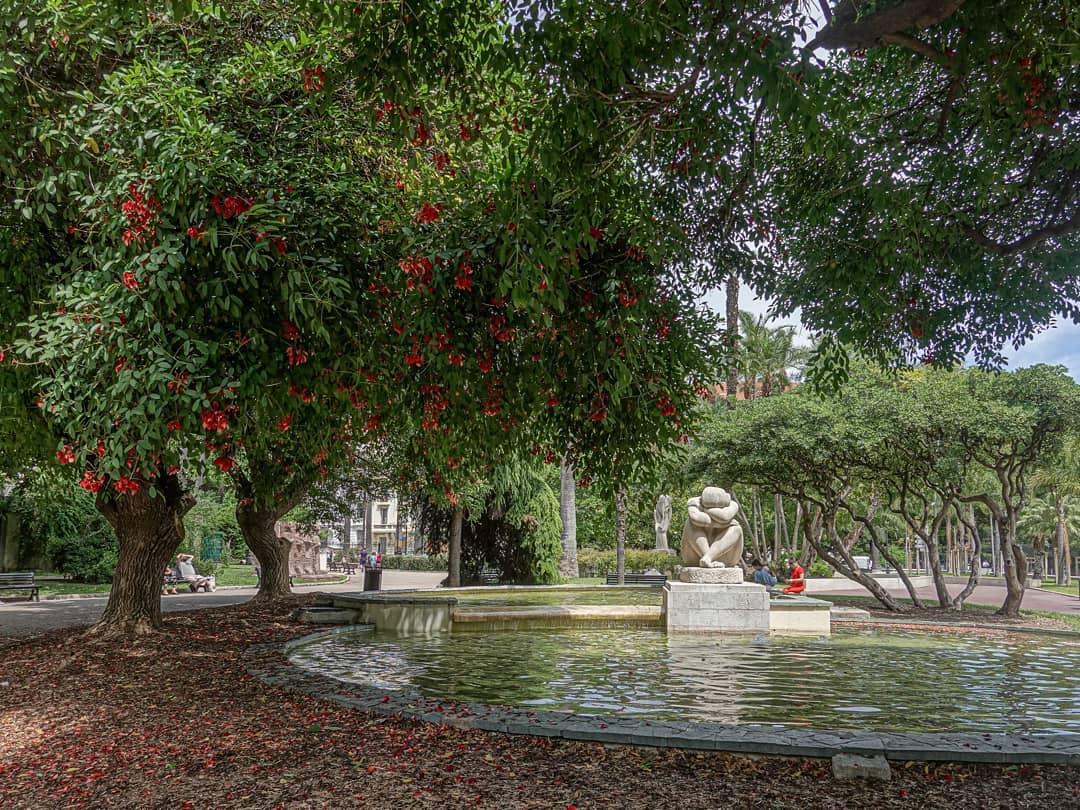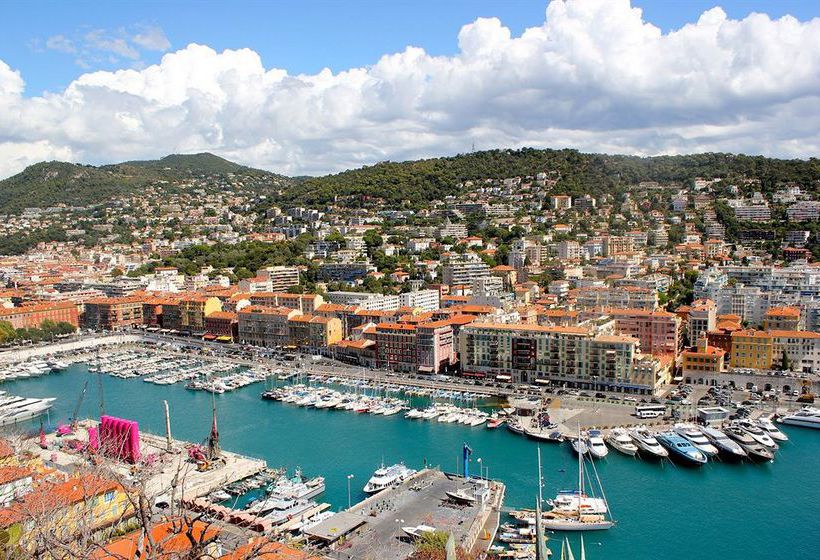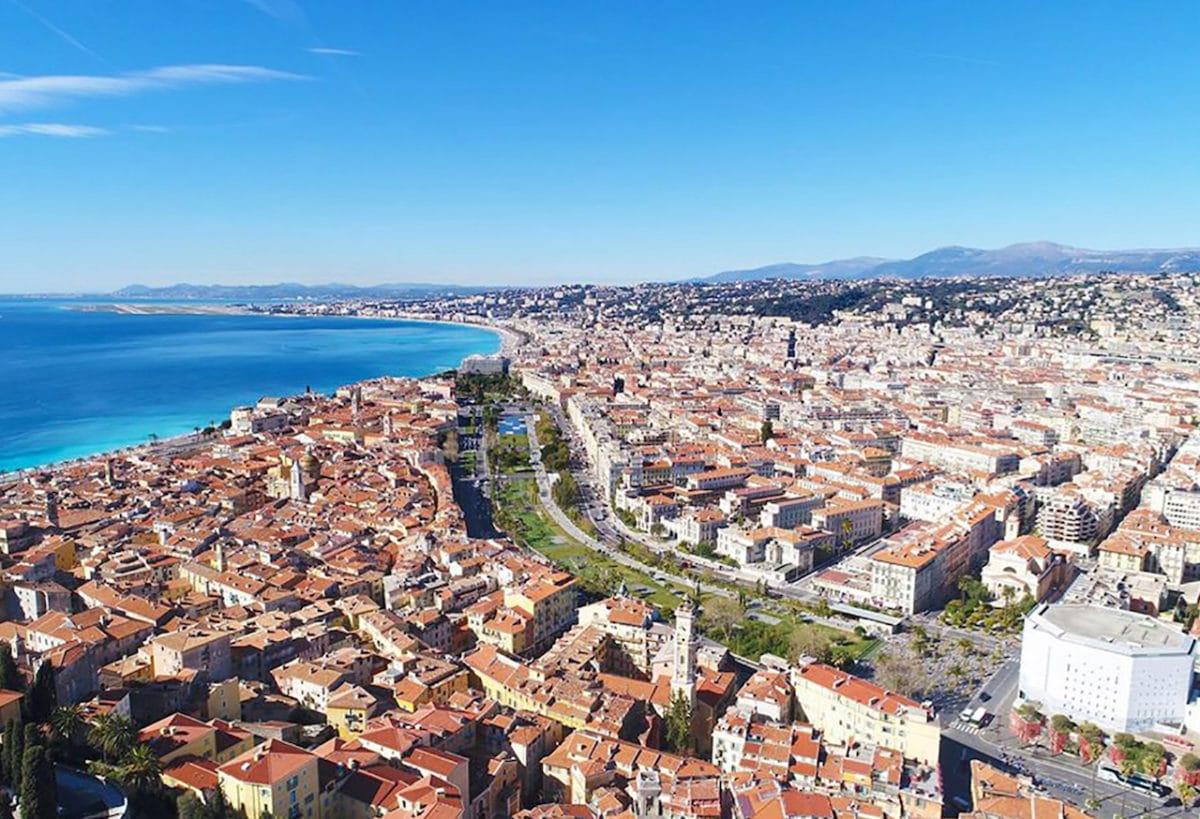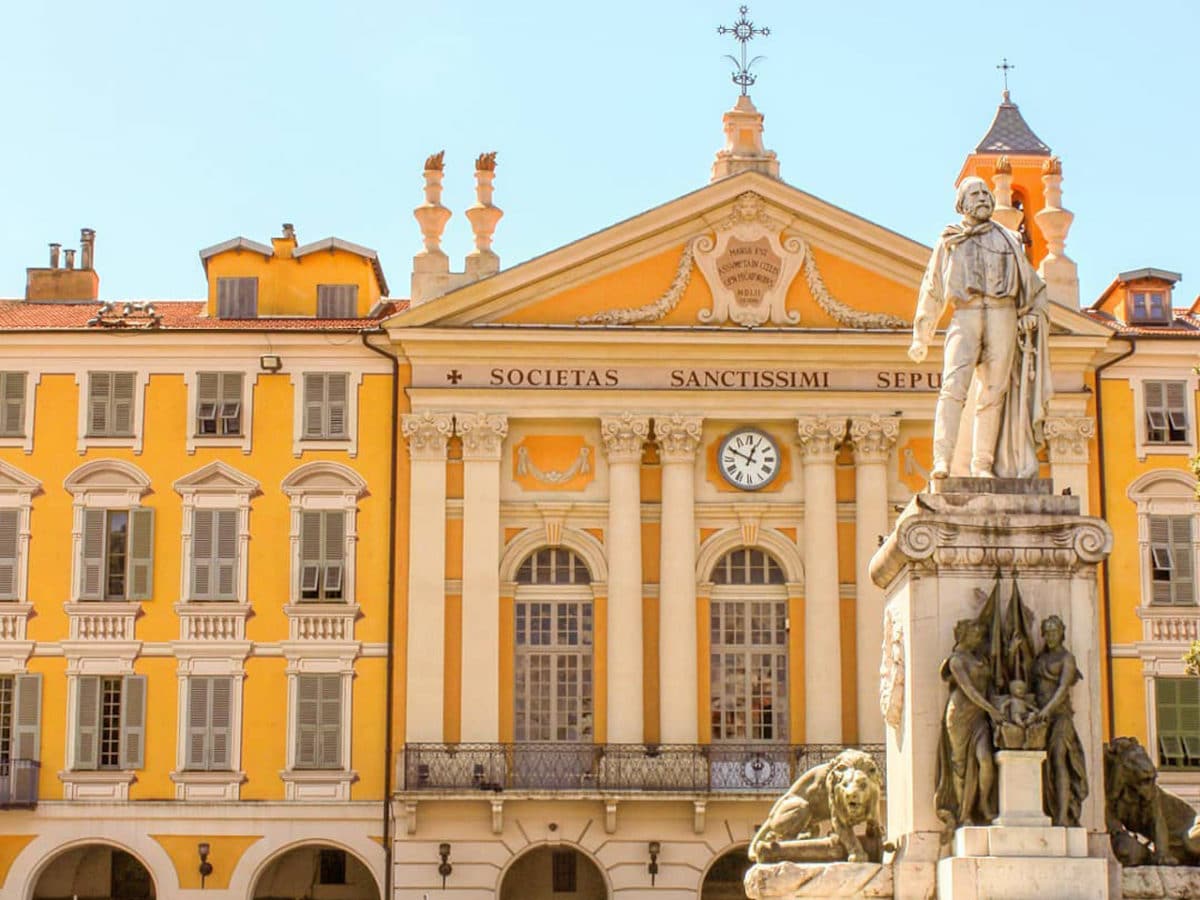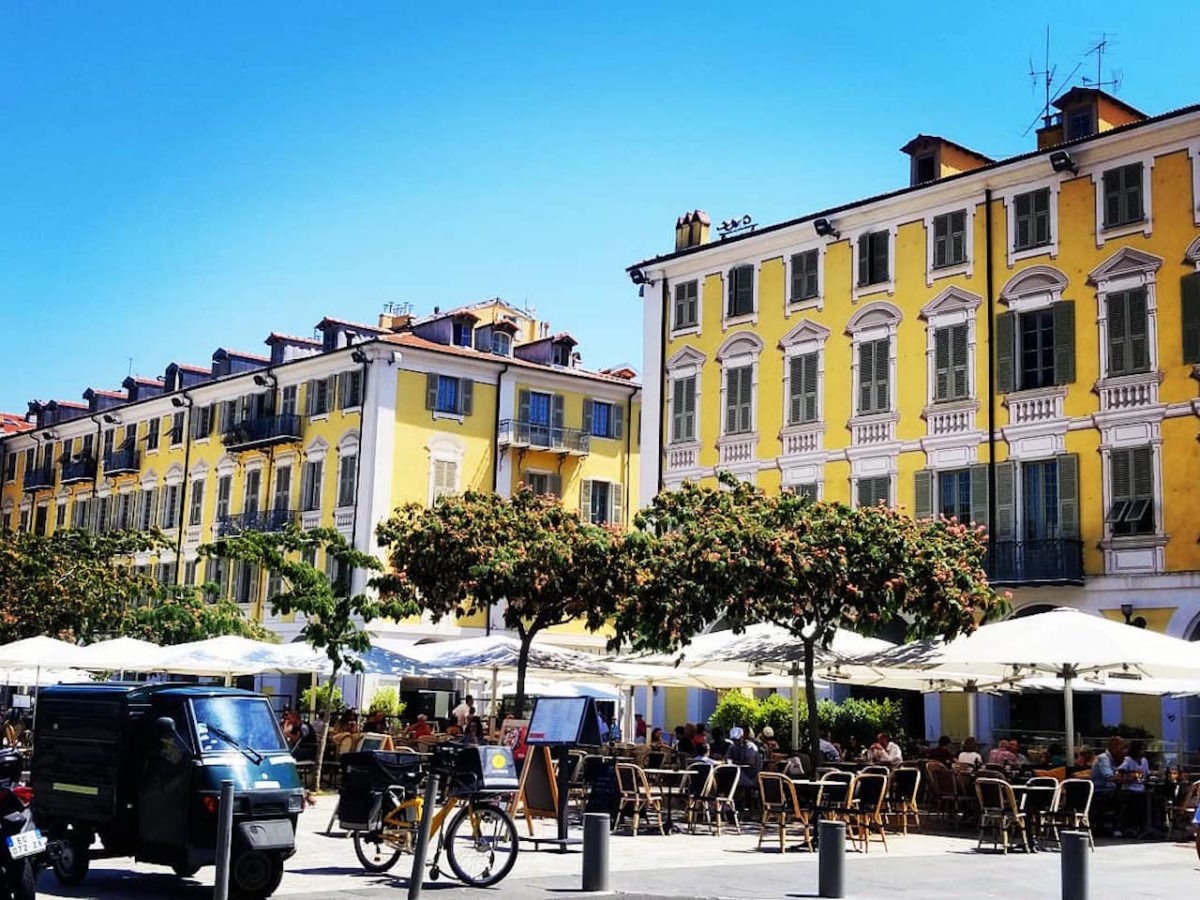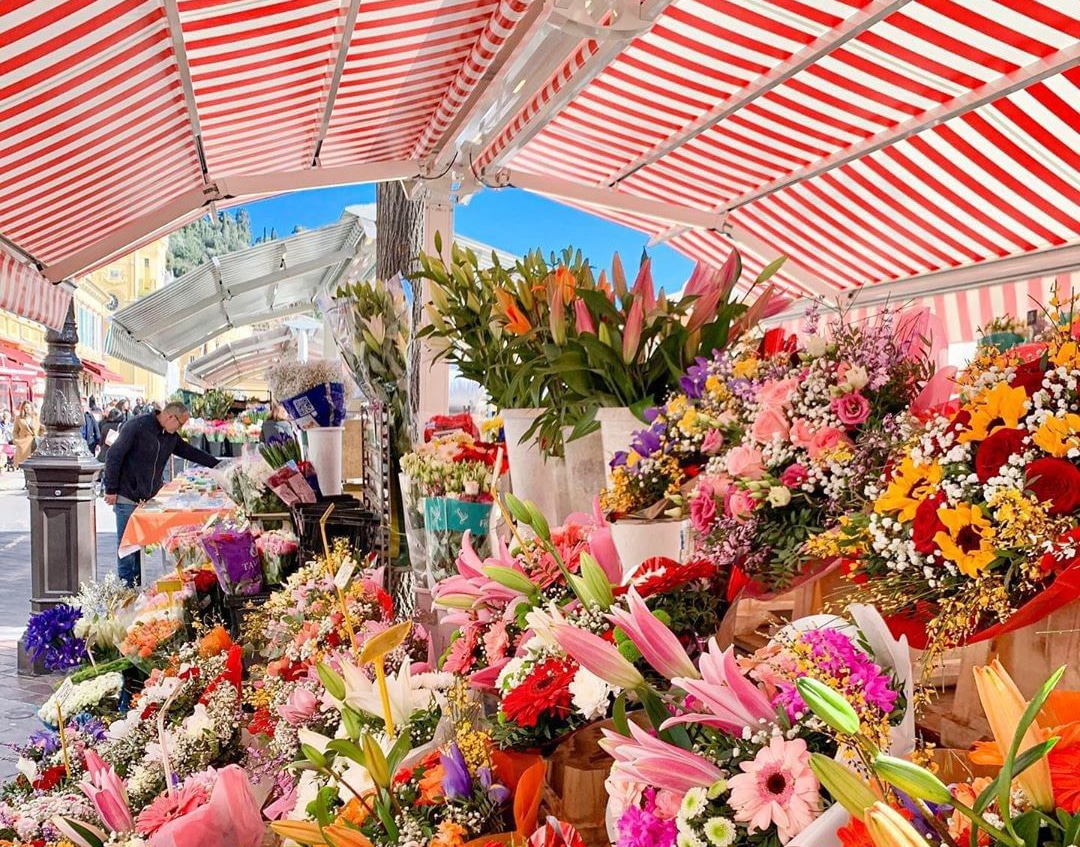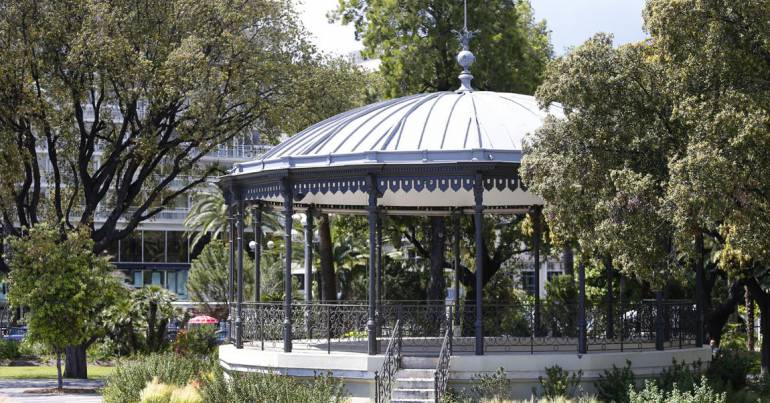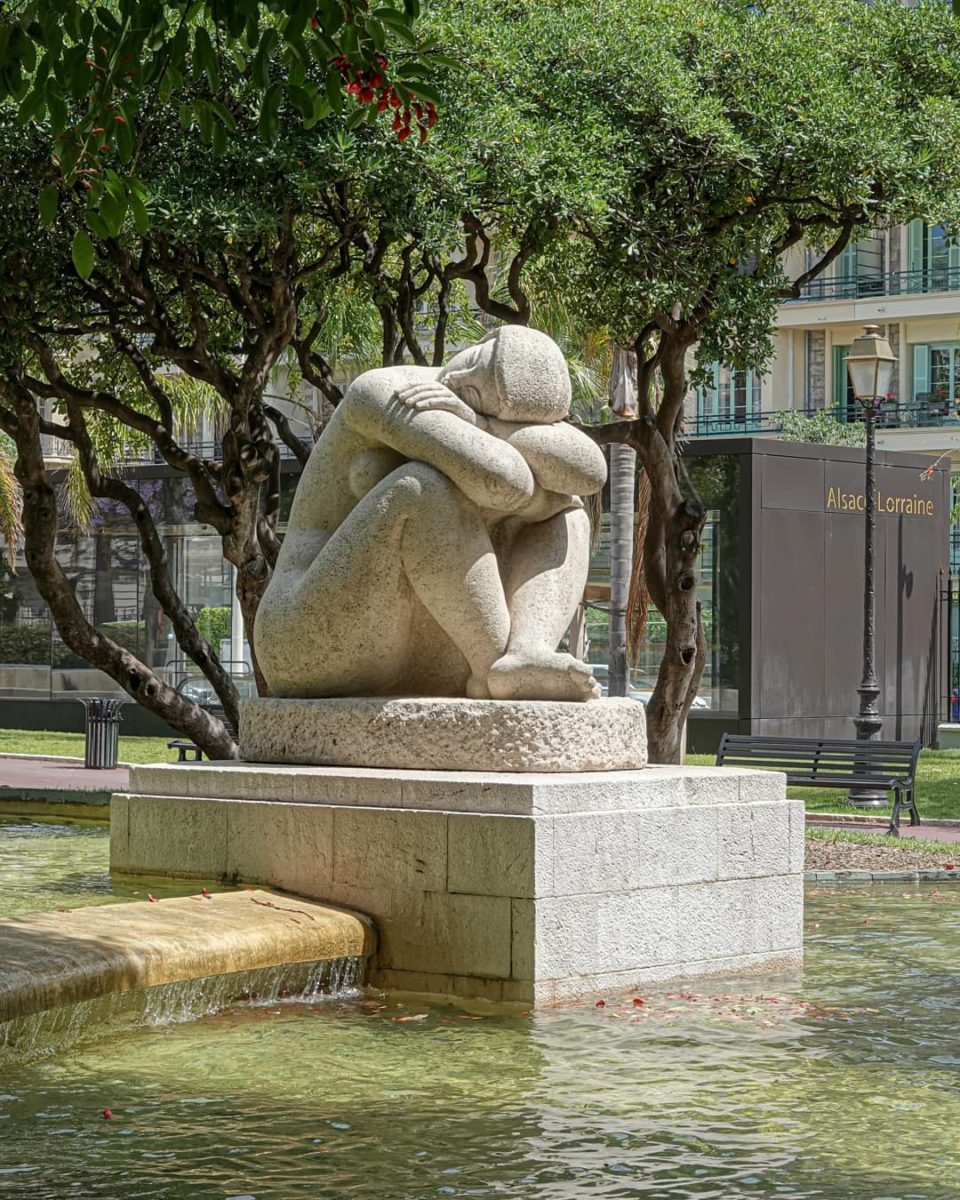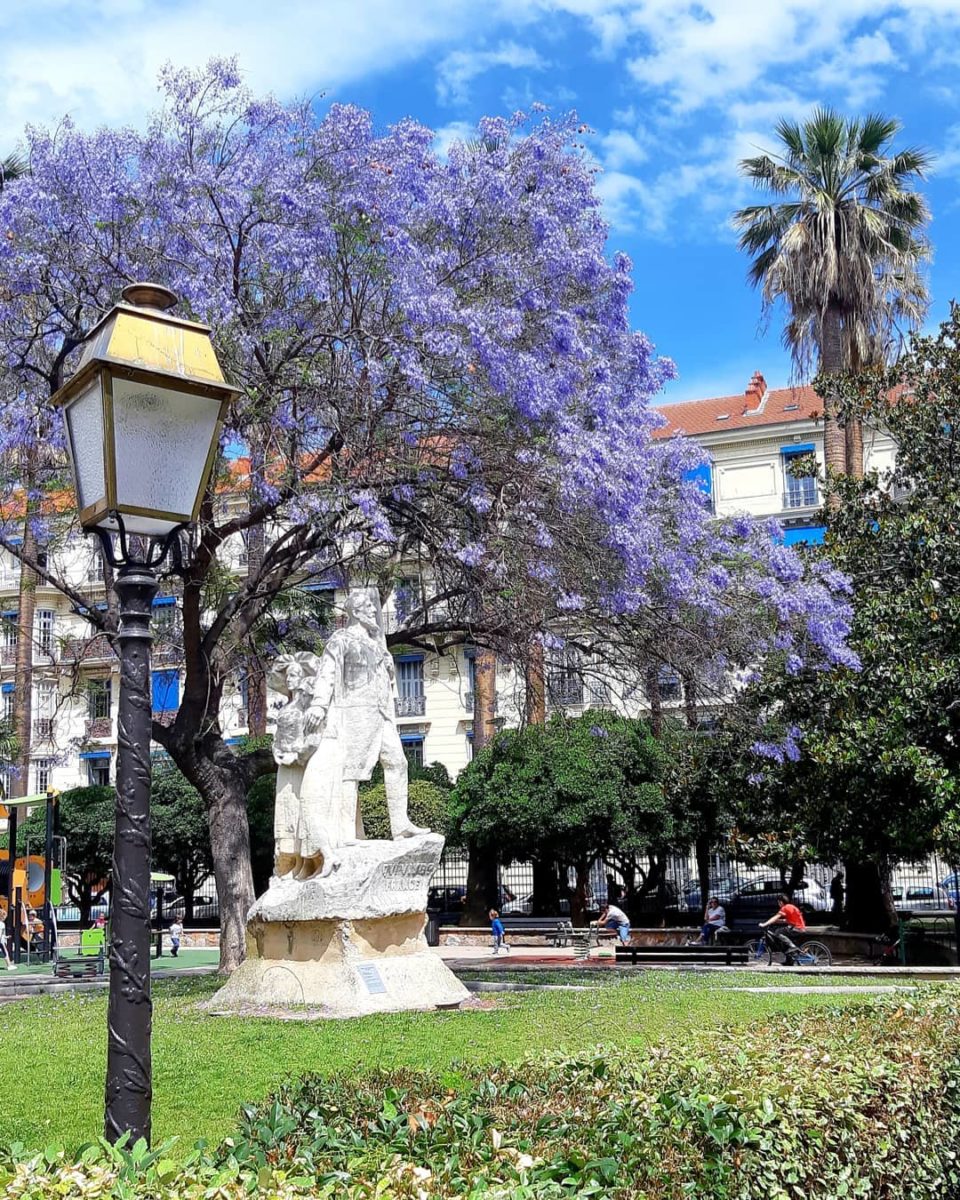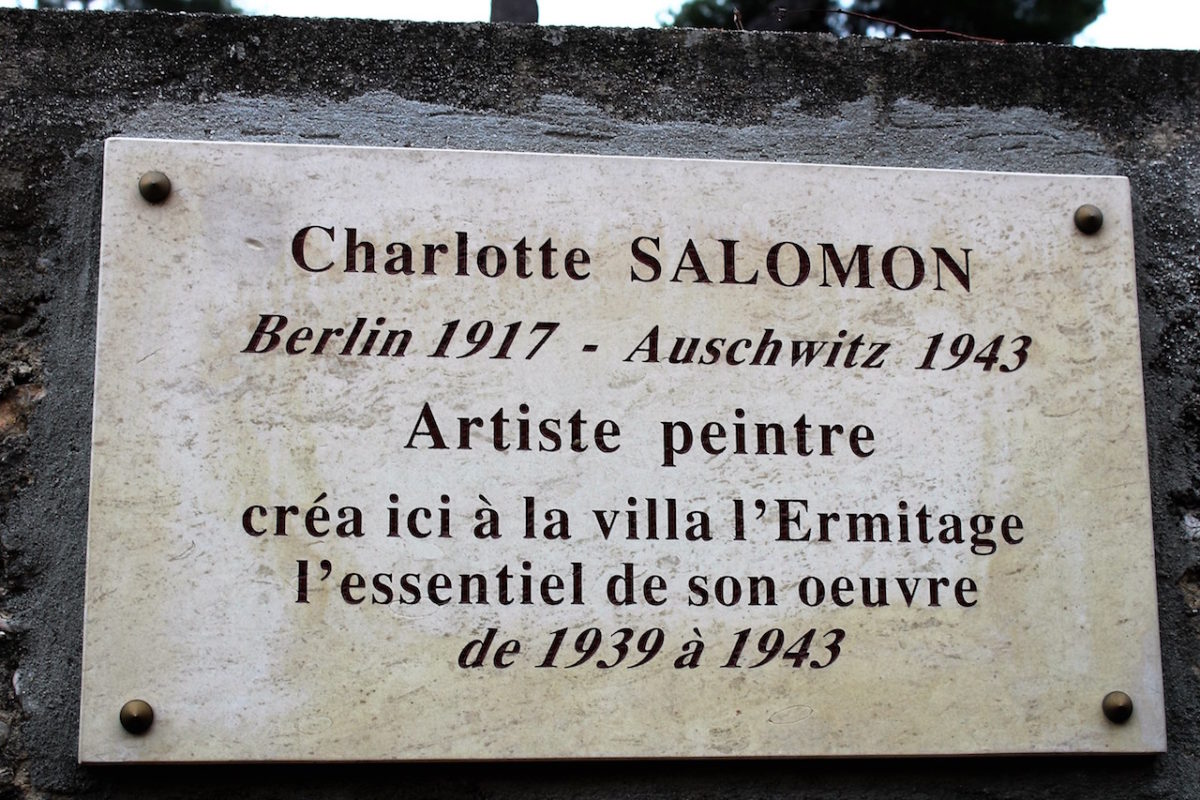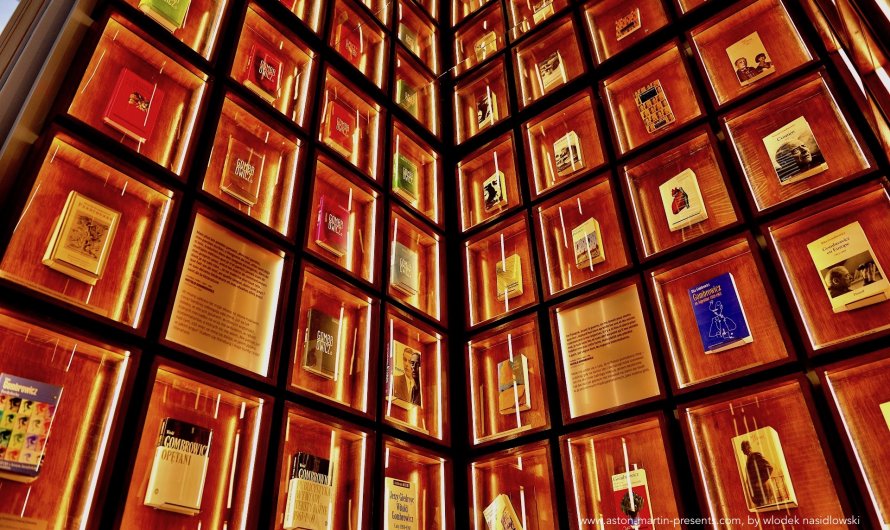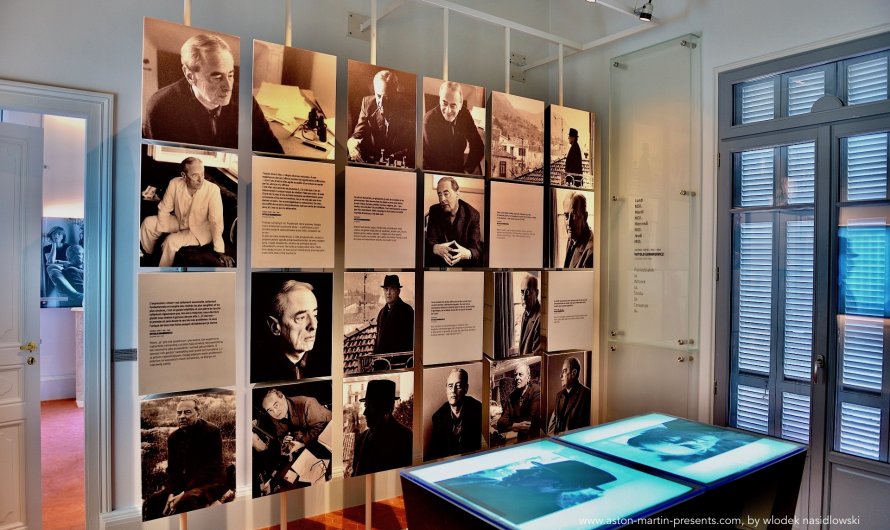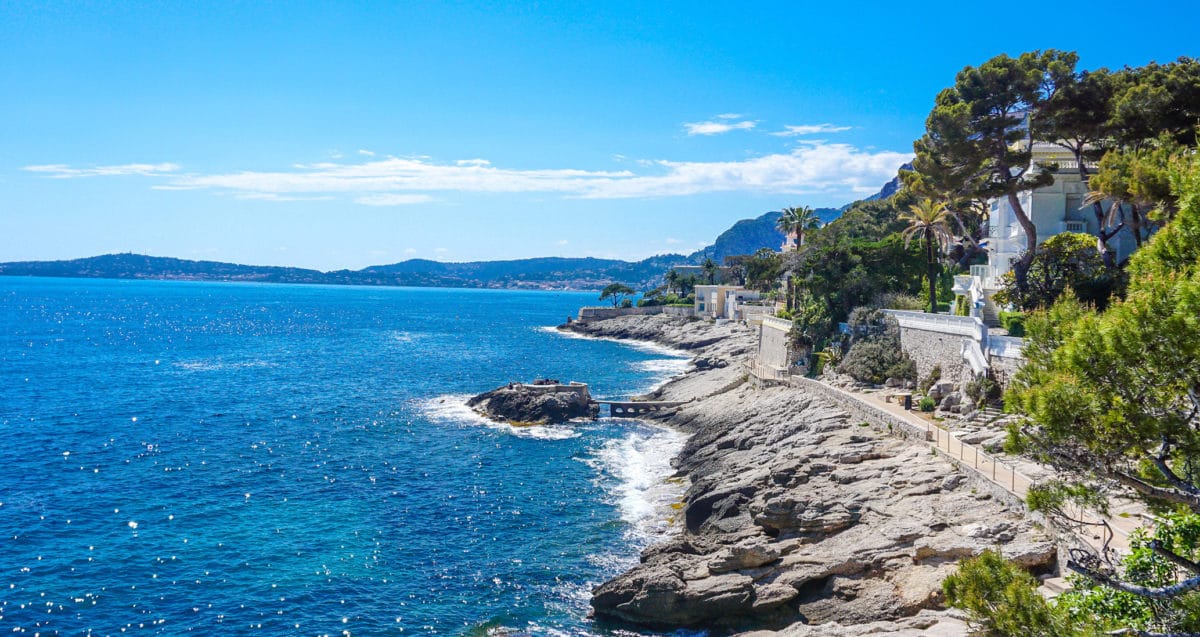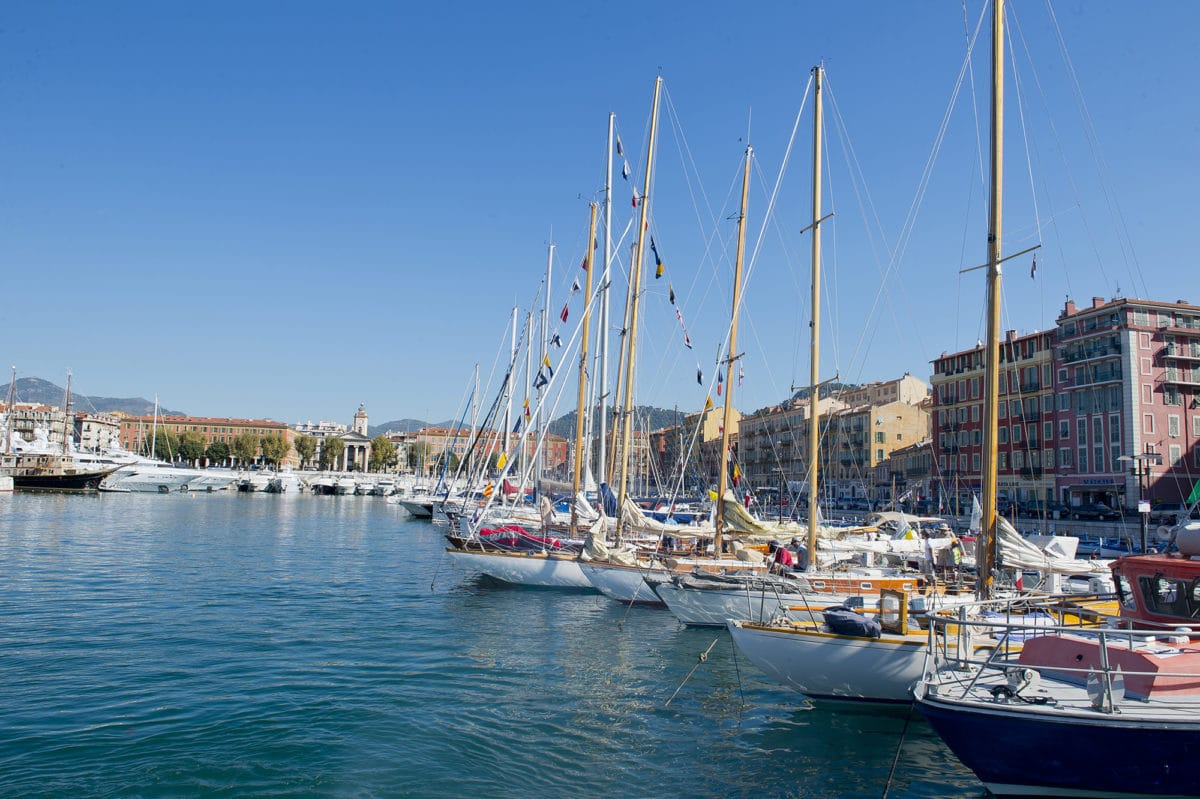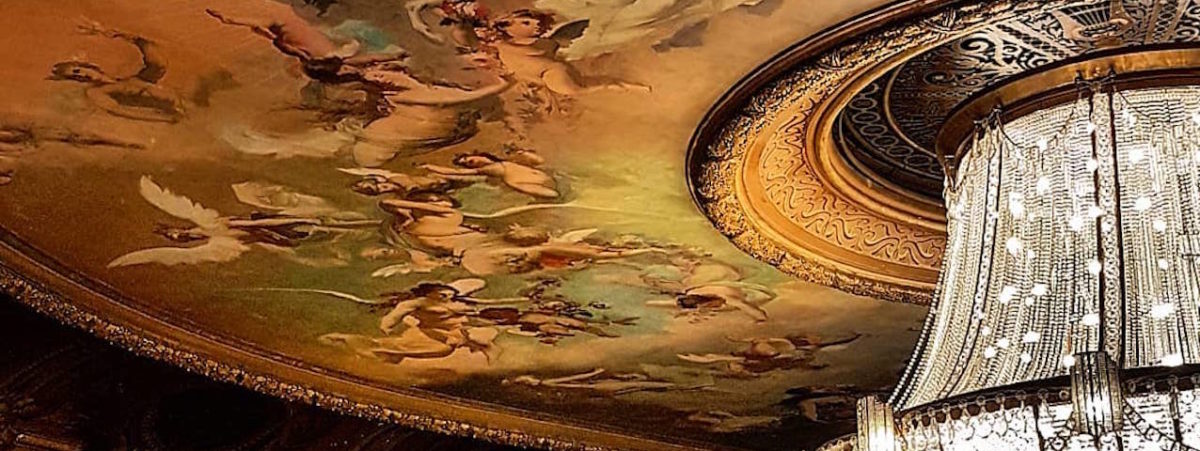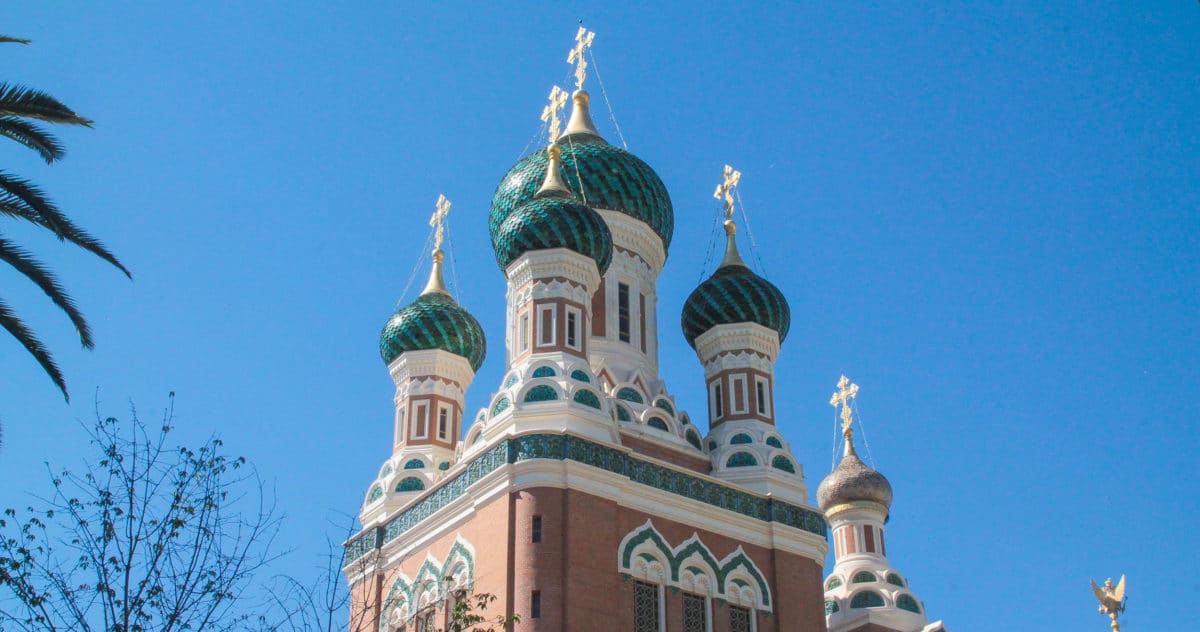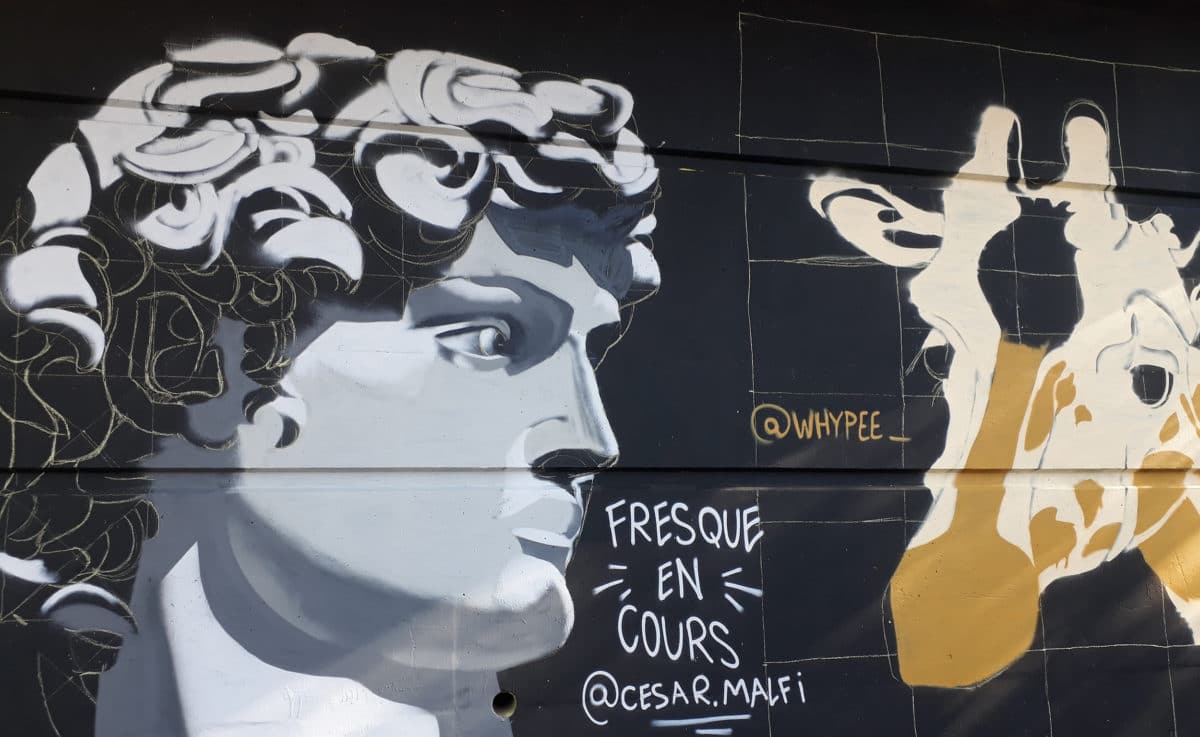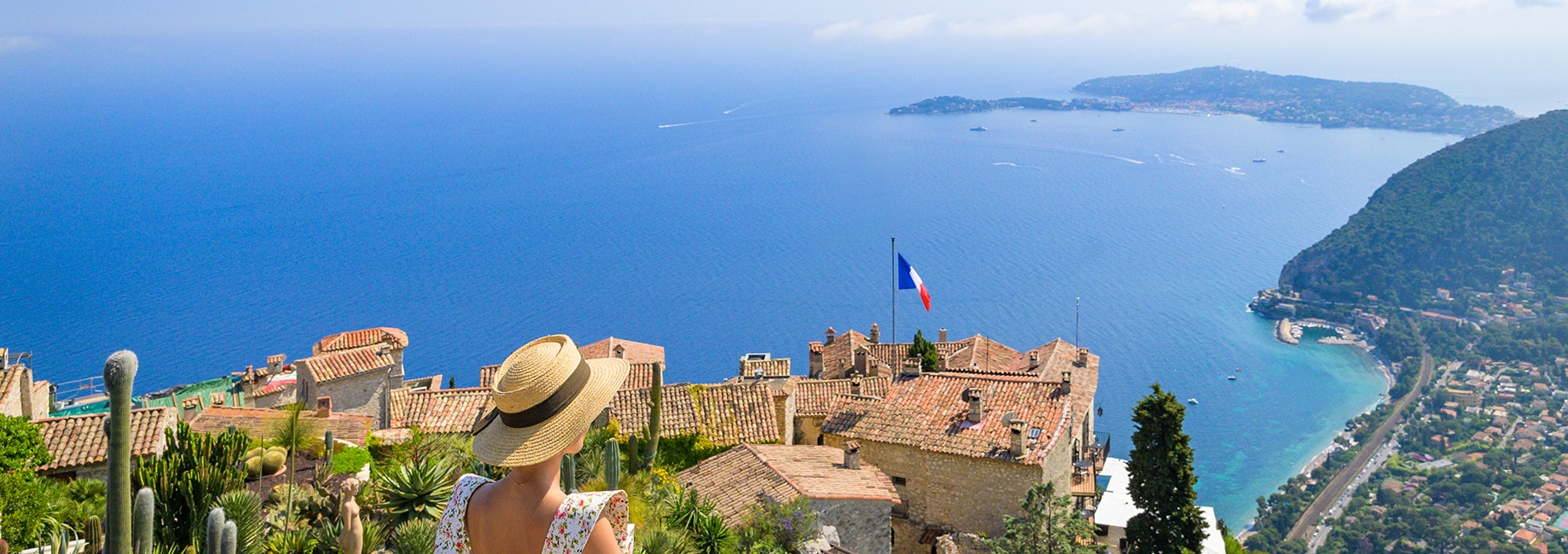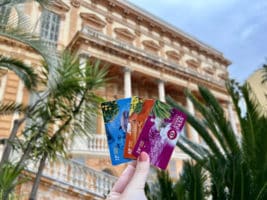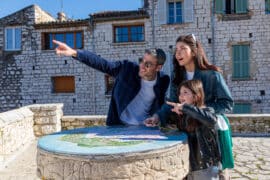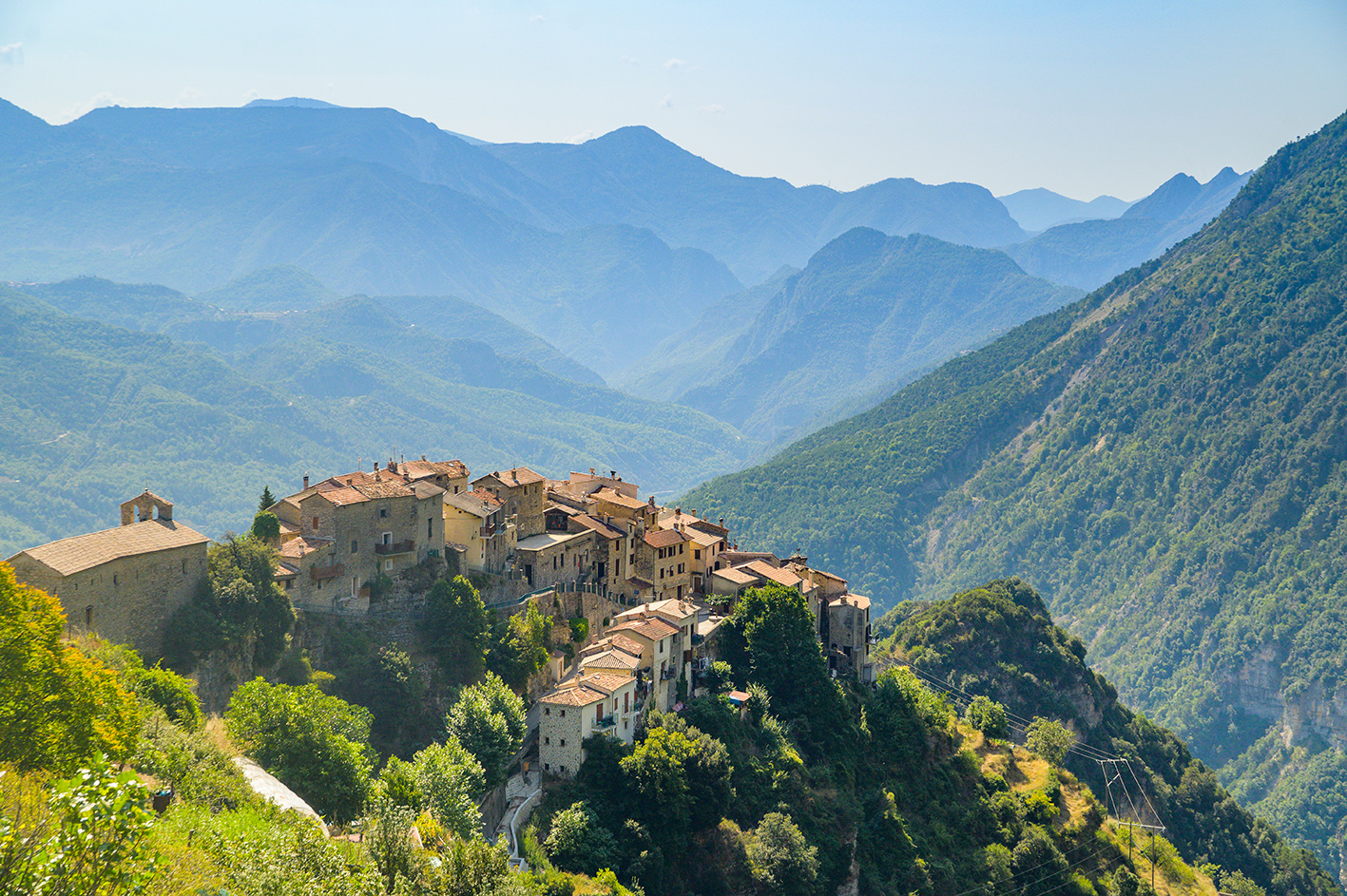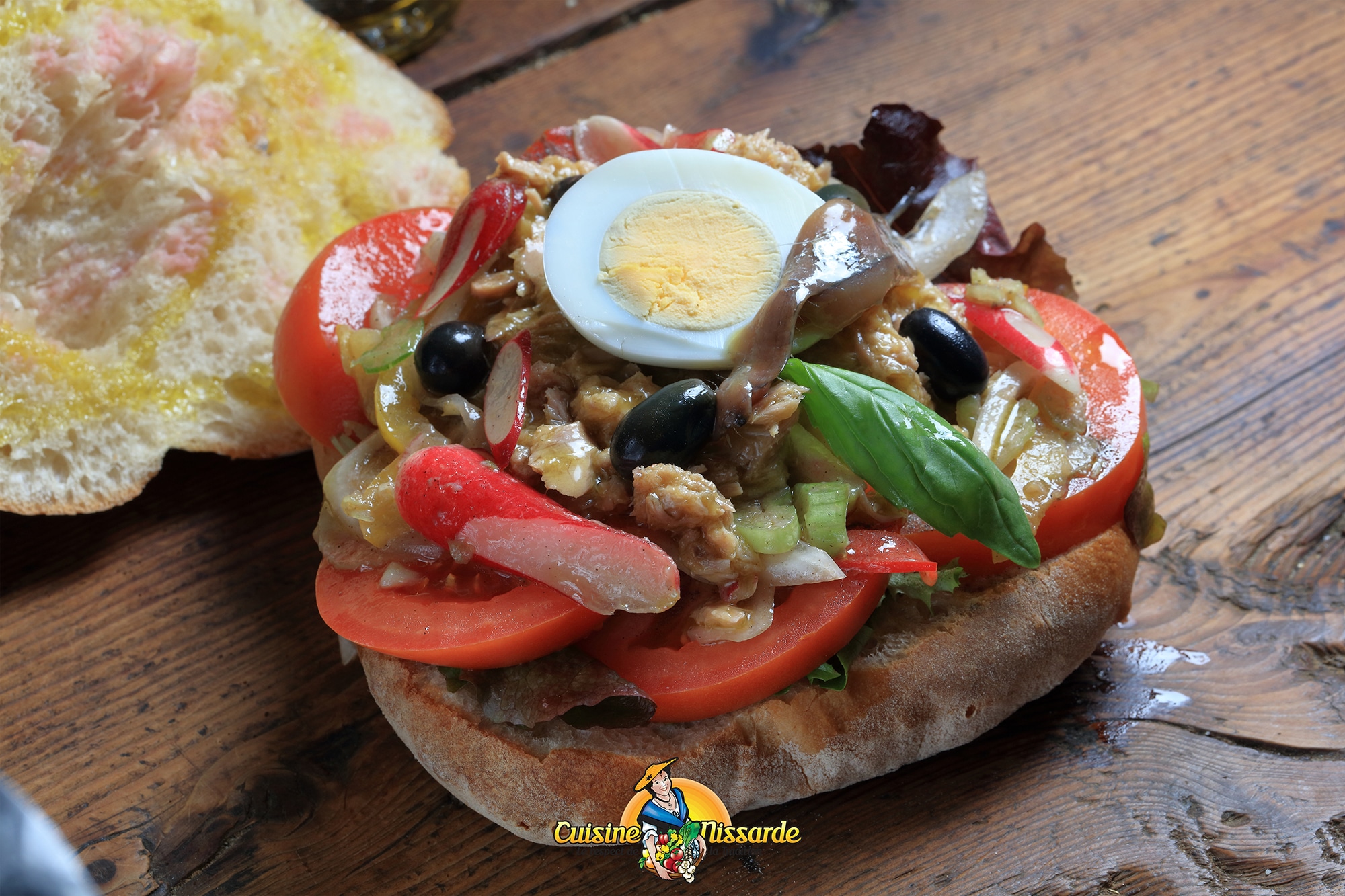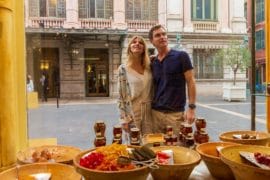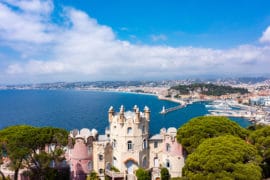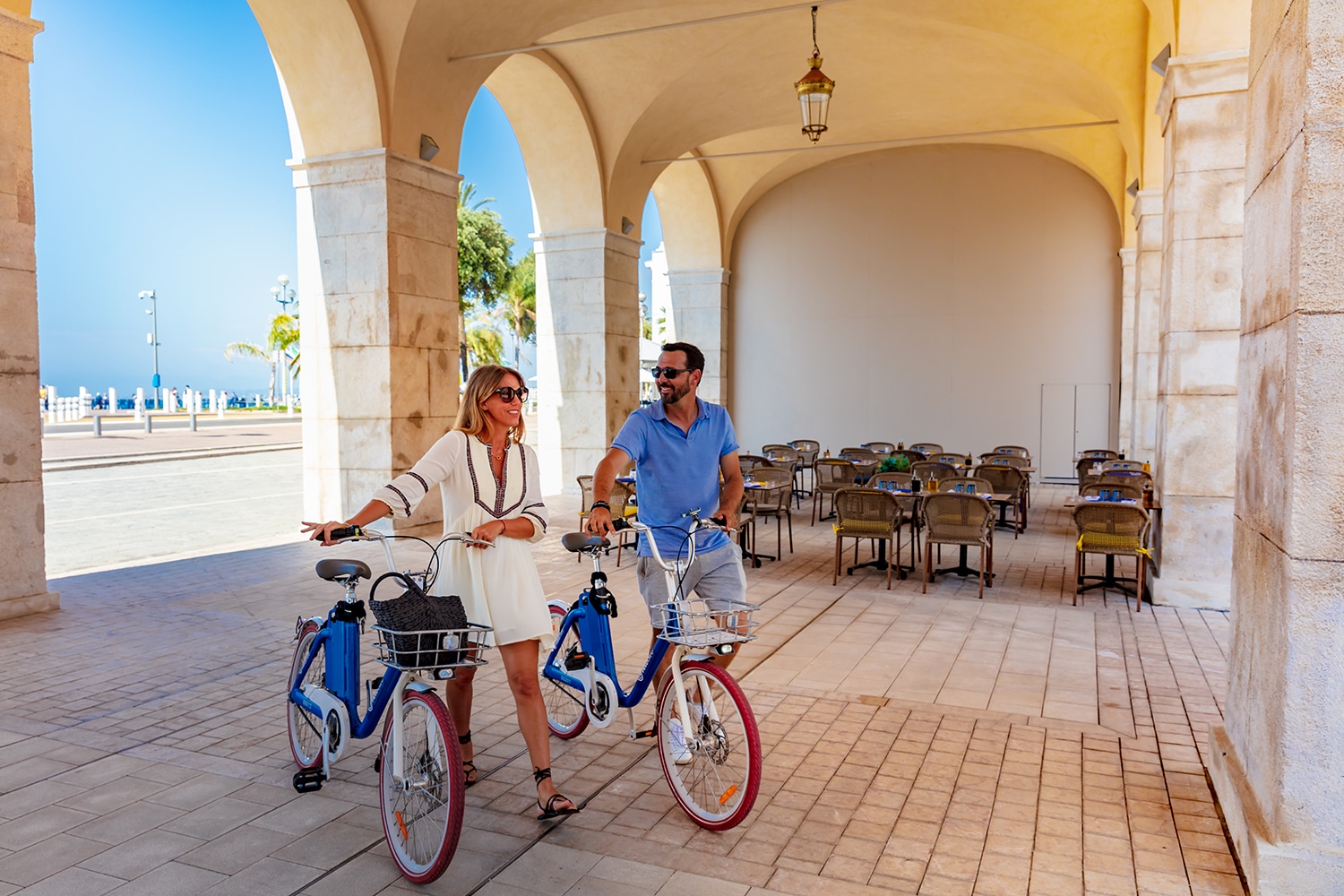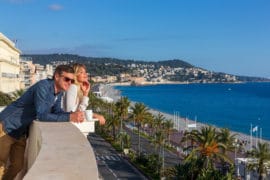A literary stroll around Nice and its surroundings
24 April 2023
Who hasn’t enjoyed lounging on the beach with a good book? Some will prefer it as a thriller, while others will live the passion of a romance. Books are a must for our summers.
Did you know that since its creation, the Côte d’Azur has been a source of inspiration for many authors, many of whom are well known? French or even foreigners, all of them have found something special and unique.
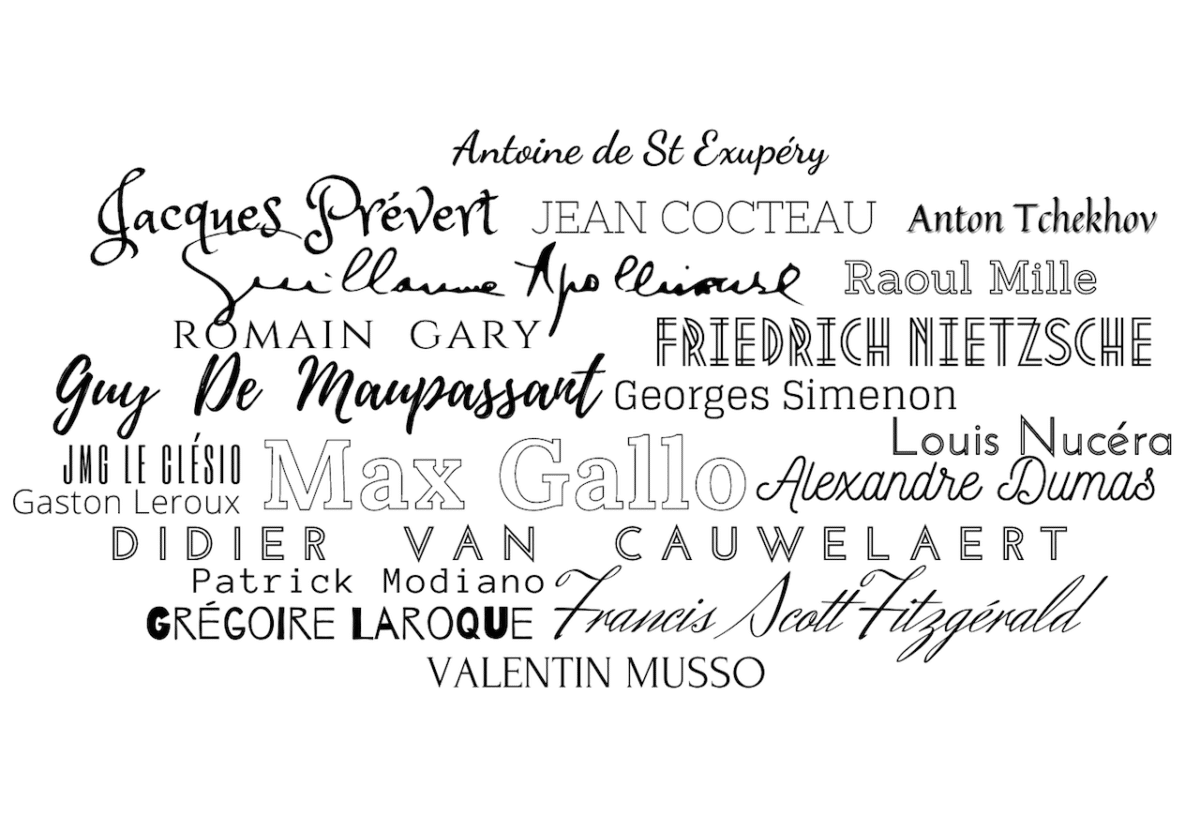
We invite you to discover all these magical places that have inspired the greatest classics of literature and to see, through their eyes, a new facet of Nice Côte d’Azur.
A place of inspiration and meditation
It has always been obvious that the city has been able to bring out that little something that has made artists and, in our case, writers, sensitive.
Close to the port of Nice, bordering the old town, is a place that dominates the Promenade des Anglais. The Hill of the Castle is an unmissable viewpoint. But this green setting has not yet revealed all its secrets.
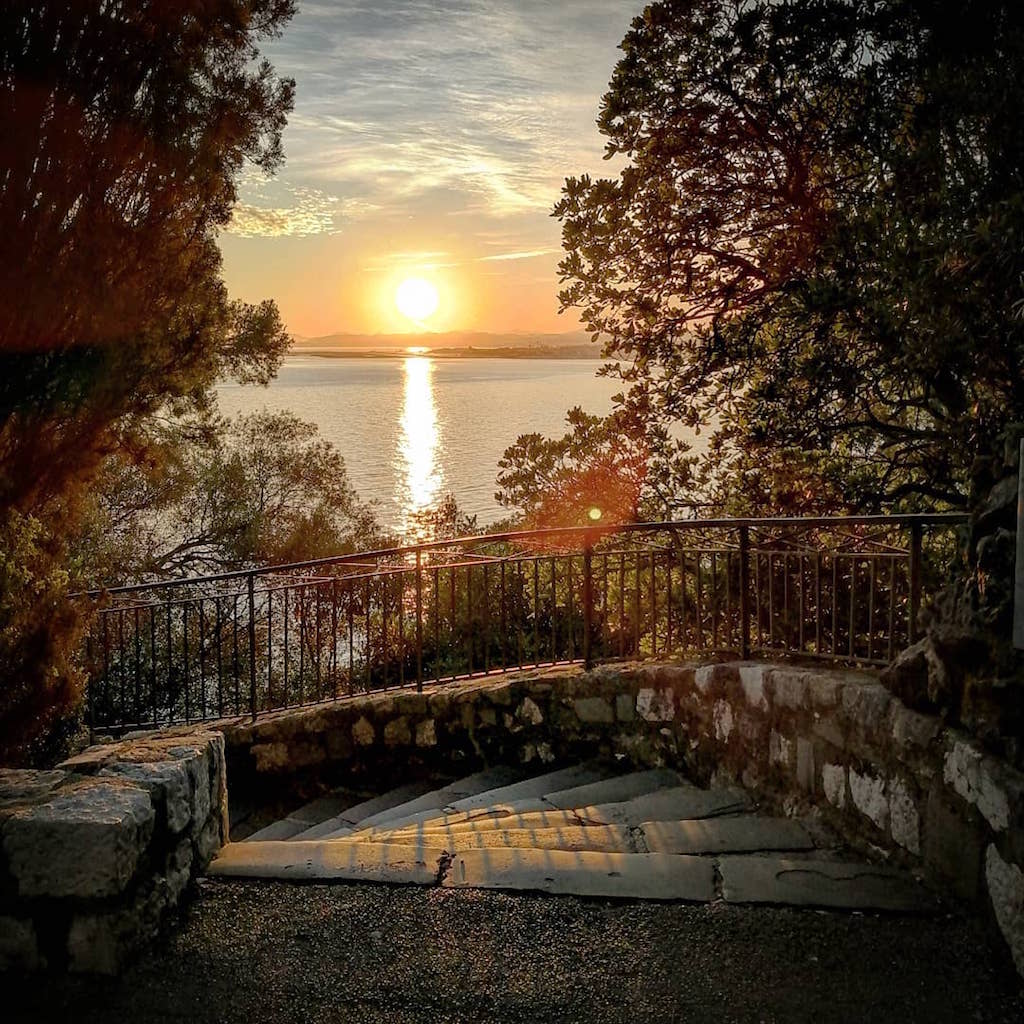
Numerous authors have succeeded one another, as if there was something magical about this place and it attracted lovers of words, as if their sensitivity brought out all its depth. The philosopher and author Friedrich Nietzsche spent long hours here admiring the city, the lights, the water, so much so that today the highest terrace on the castle hill bears his name. It is as if the echo of his thoughts still floats in the air, permeating the stones with their depth.
Louis Nucéra, the Nice author of the Avenue des diables bleus (1979), also found something strong in this place: “Dying to die, it is while looking at Nice from the Castle Hill, the cemetery next door, that I would like to leave“.
From up there, you can admire two really different points of view. On the east side, you will discover magnificent Genoese houses in bright ochre, yellow, red, etc. colours. You can witness the striking contrast with the turquoise blue of the water. The port of Nice is, as you will have understood, a place where people have been living for many years. JMG Le Clézio, a native of Nice, having grown up there, remained marked by this buzzing climate: “On the port floated a cloud of exquisite smells that made the heart of any young boy dreaming of adventure beat” (“Préfaces”, 1860-1960, Nice – one hundred years old”, JMG Le Clézio, Giletta edition, 1997). The author clearly drew inspiration from this for his work “Le procès-verbal” (Gallimard, 1963).
On the other side, to the west, you will get lost in the contemplation of the orange tiled roofs of the “Vieux”, as the people of Nice call it, surrounded by the green band of the Promenade du Paillon. Guillaume Apollinaire was the main admirer: “What magic, the Old Nice, its Genoese houses and the market on the banks of the Paillon? Here, it makes me nostalgic.” (Letters to Madeleine, Guillaume Apollinaire, August 1, 1915).
Finally, if you prefer to lose yourself even more in serenity, why not explore the Nietzsche path to Eze? The German writer spent hours scouring this little seaside path, stopping to write and take notes, and is said to have found the inspiration for “Old and New Tables” there. He will evoke it in his novel Ecco Homo.
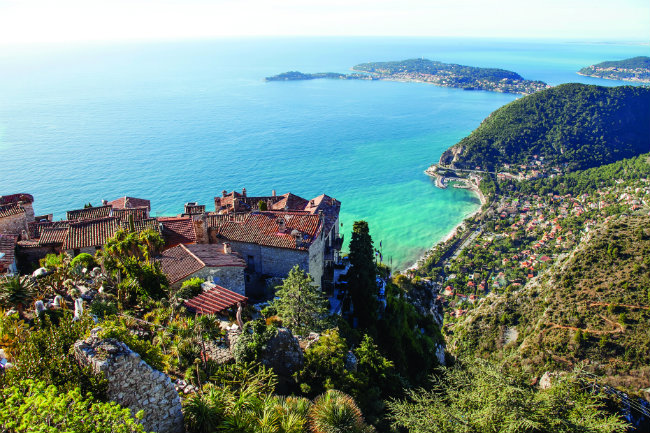
During your visit to Nice Côte d’Azur, you will surely be able to feel an atmosphere, a little something special, that you will only find here. Grégoire Laroque describes it as “a kind of nonchalance and warmth” that people radiate, and which he wanted to transcribe in his first book, Zilwa. So, have you, too, noticed this little extra, unique among the inhabitants? Don’t hesitate to mingle with the locals and see for yourself the authenticity of the Azureans.
Places to live
While many authors have travelled through Nice, many have decided to stay, not to mention those who were born there. Thus, many places have marked the daily life of these magicians of words.
The most important of them is the Lycée Masséna. Bordering the Promenade du Paillon, it has filled the heads of children, for nearly 400 years, with a knowledge that would have, if we look at the results, the power to transform them into accomplished authors: Guillaume Apollinaire, Romain Gary (Lithuanian), Grégoire Laroque (from Nice), or Valentin Musso (Guillaume Musso’s little brother, from Antibes). You can only admire the magnificence of this place, almost resembling a castle… And one can almost understand how their imagination became so fertile…
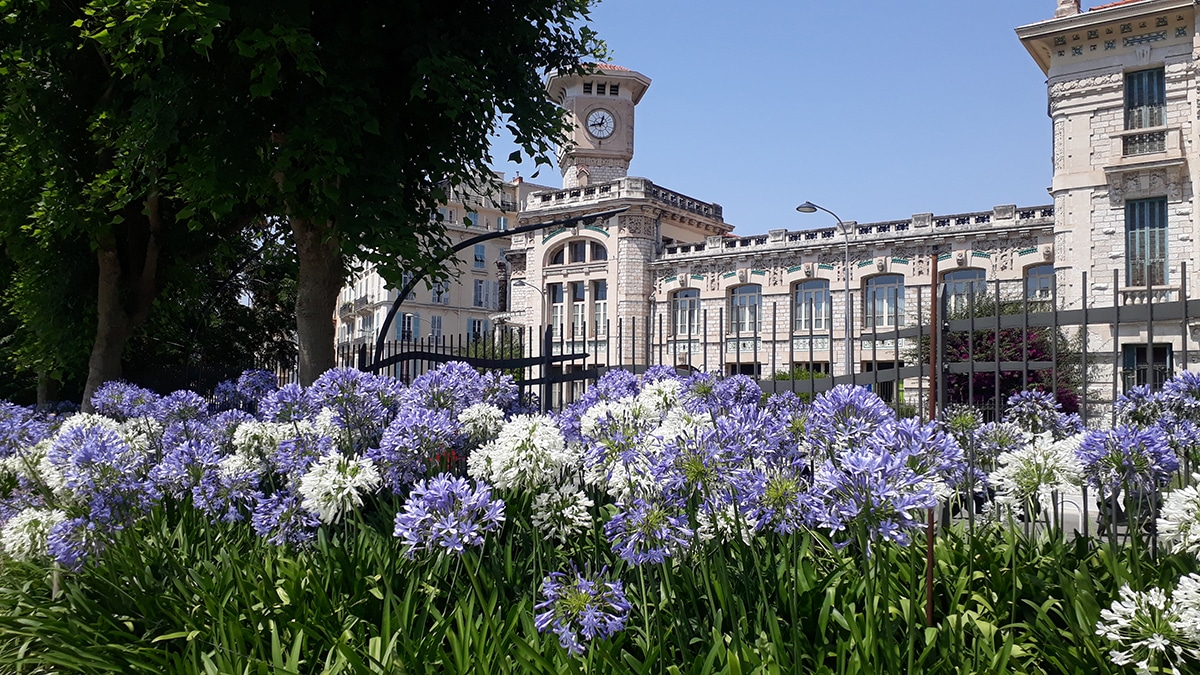
Another place of prime importance for one of our authors, the Villa Santo Sospir in Saint-Jean-Cap-Ferrat, where Jean Cocteau stayed. This villa influenced the author’s artistic movement, which was able to return the favour: “You shouldn’t dress the walls,” he declared two years later, “you should draw on their skin. That’s why I treated the frescoes linearly, with the few colours that enhance the tattoos. Santo Sospir is a tattooed villa.” (Villa 1952). The villa is registered since 1985 in the inventory of the Historical Monuments.
It is currently being restored, but will open its doors in october 2022.
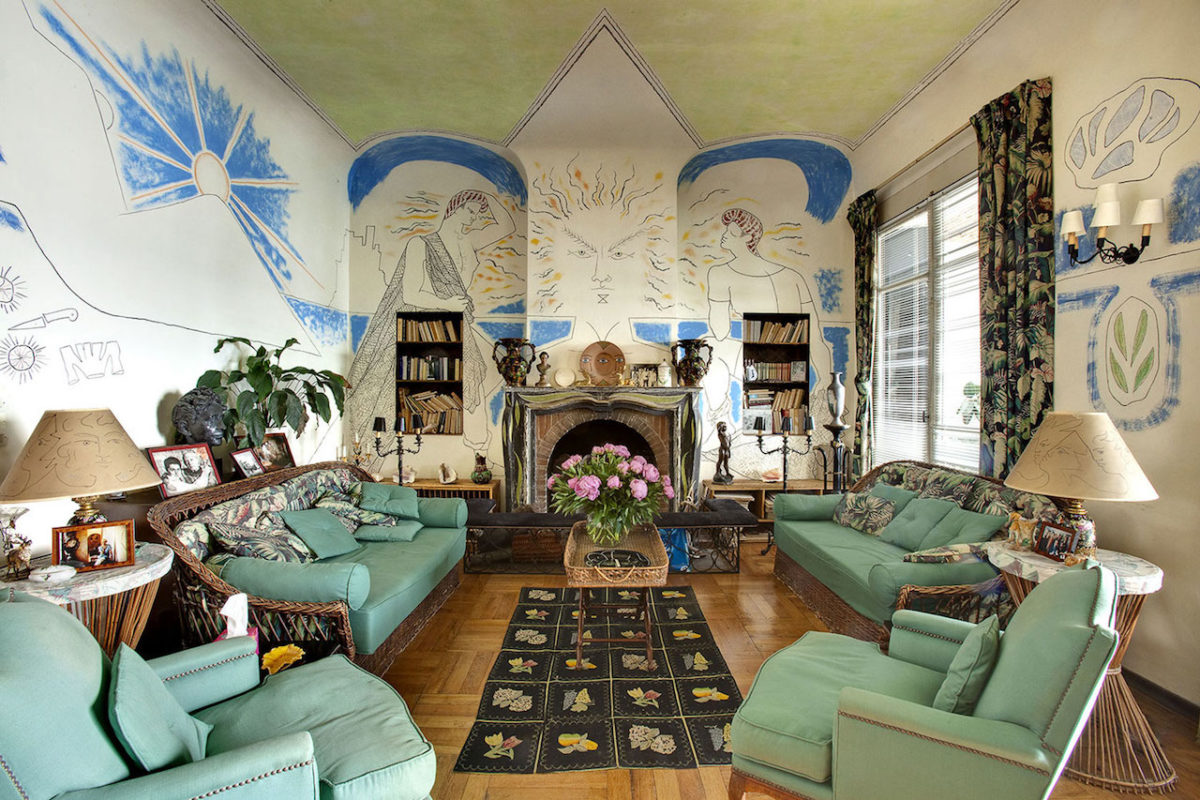
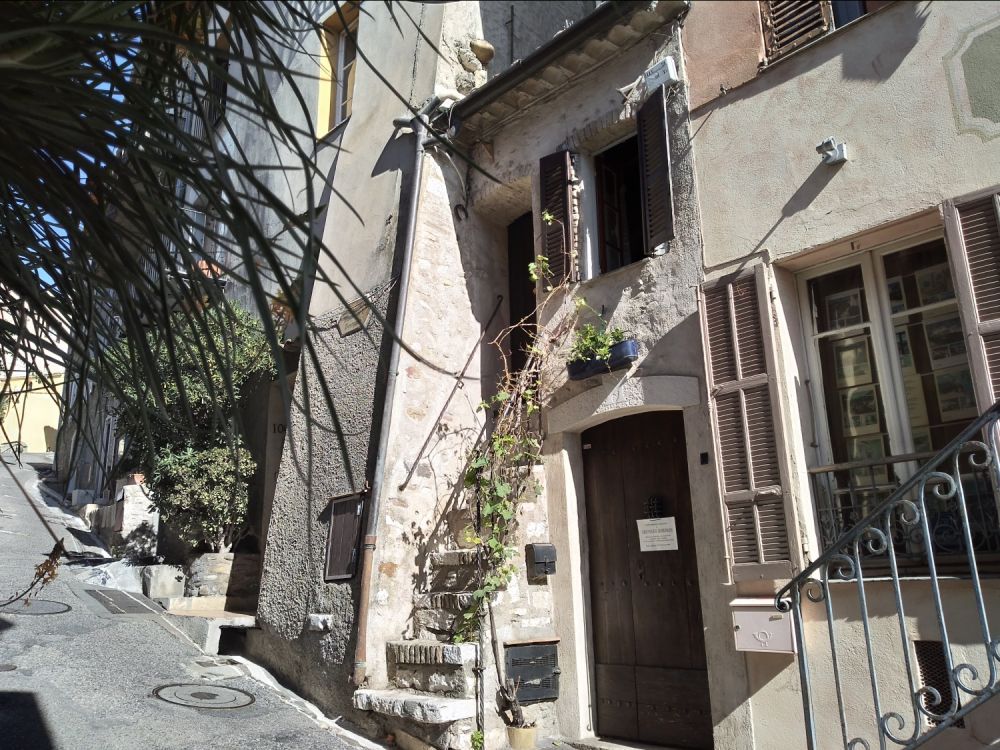
Let us now head for Cagnes-sur-Mer, an important town for Georges Simenon. At 98 montée de la Bourgade (in the Haut de Cagnes) is “la maison du bonheur” as he called it. We still find clues of his passage, but especially of his love for his wife: the letters S and D intertwined on the wrought iron ramp (S of Simenon and D of Denyse, his wife). (Autobiographical book “Quand j’étais vieux”, Presse de la Cité, 1970).
When Nice Côte d’Azur pays tribute to its writers
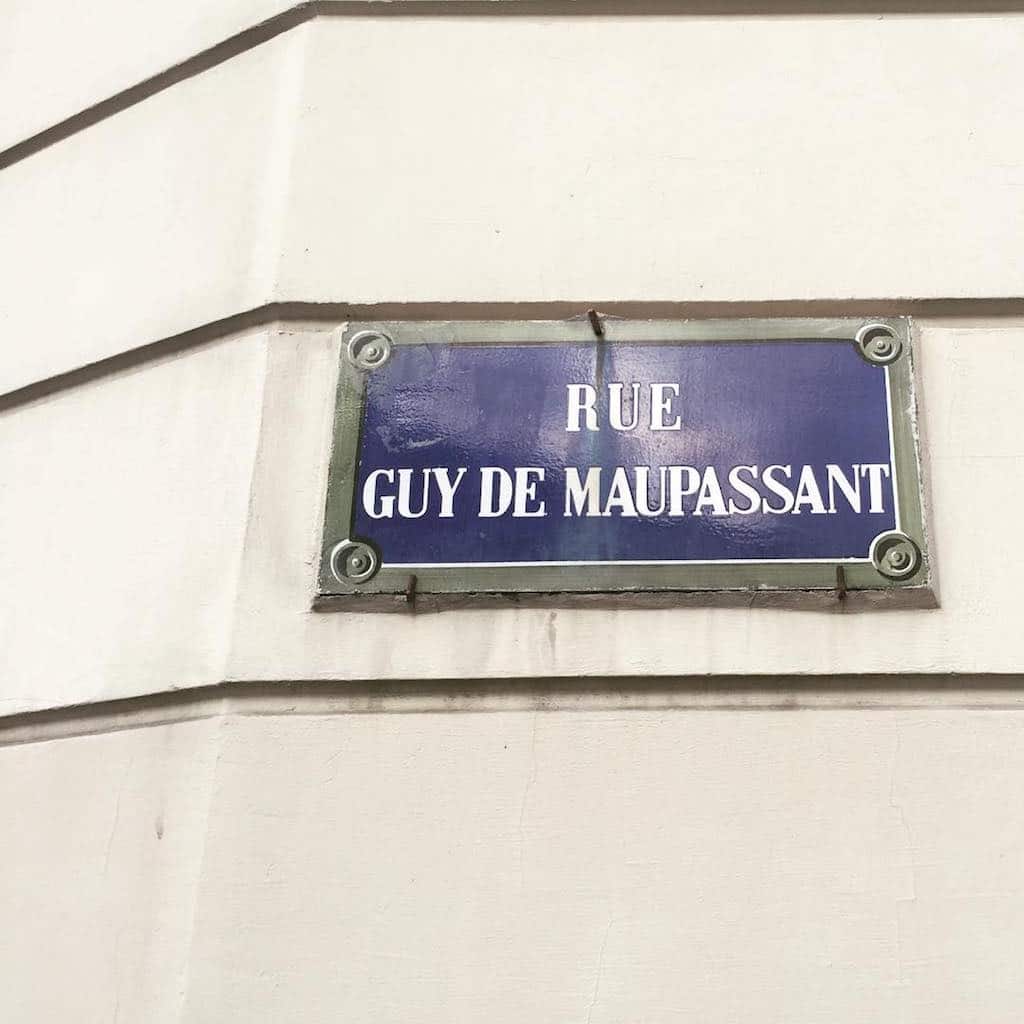
Avenue Guy de Maupassant, rue Alexandre Dumas, Bibliothèque Romain Gary or Louis Nucéra, many authors have left their mark in the cities of the Nice Côte d’Azur area. We challenge you to find all the places paying tribute to these literary artists.
But let’s stop for a moment in Vence, a medieval village with unparalleled charm, for a last stop. There is the Villa Alexandrine, where the Polish writer Witold Gombrowicz lived from 1964 to 1969. In its apartments, there is now a museum dedicated to the author. As you leave and without leaving this magnificent building, stop by the tourist information office, which will give you all the keys to visit the city.
Discover even more places with the map below. Explore the past of the writers of Nice, or those whose hearts are undeniably linked to this land.
Photo Credits: OTM NCA, Ville de Nice, Ville de Vence, Instagram @davimenego_worldventurer, @ilbrozyna, @vvillig, @bergamote1ere et @trassin. Facebook @Côtedazurfrance @Christianestrosi, Hotel Ibis, wikimapia.org, missmoss.co.za, challenges.fr, @philippe_m_m, @jolewasia, @aurelioludovico, surlestracesdechar.wixsite.com


